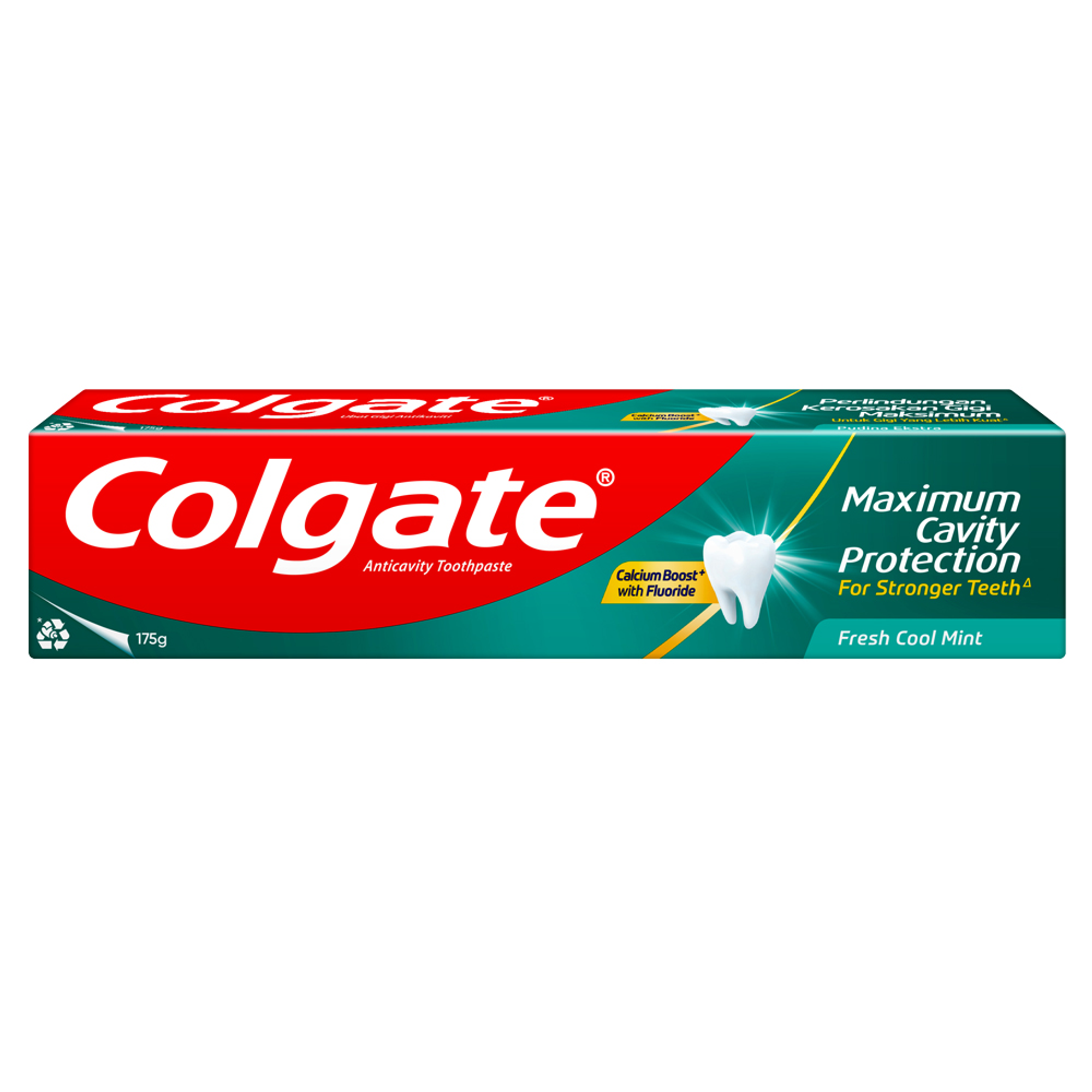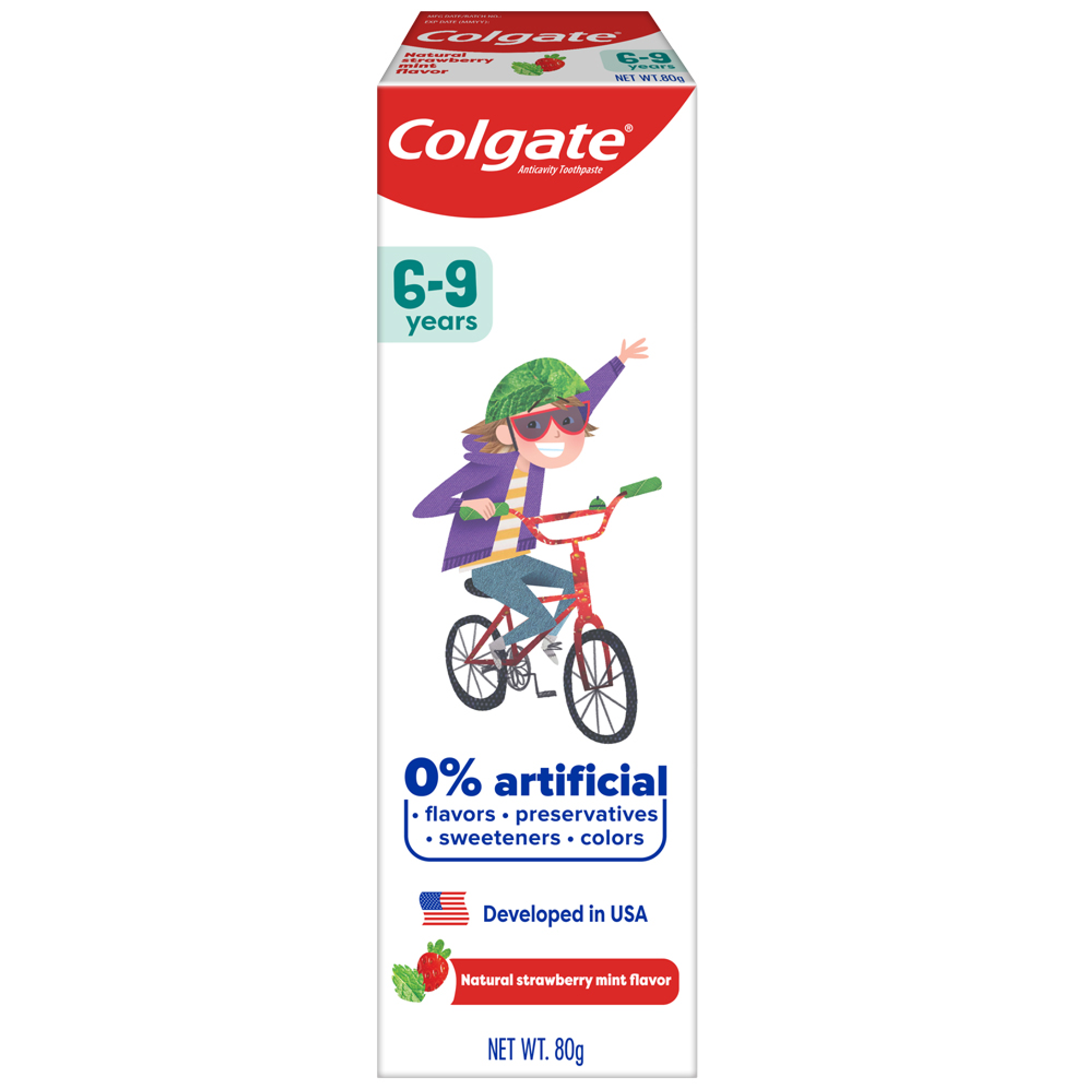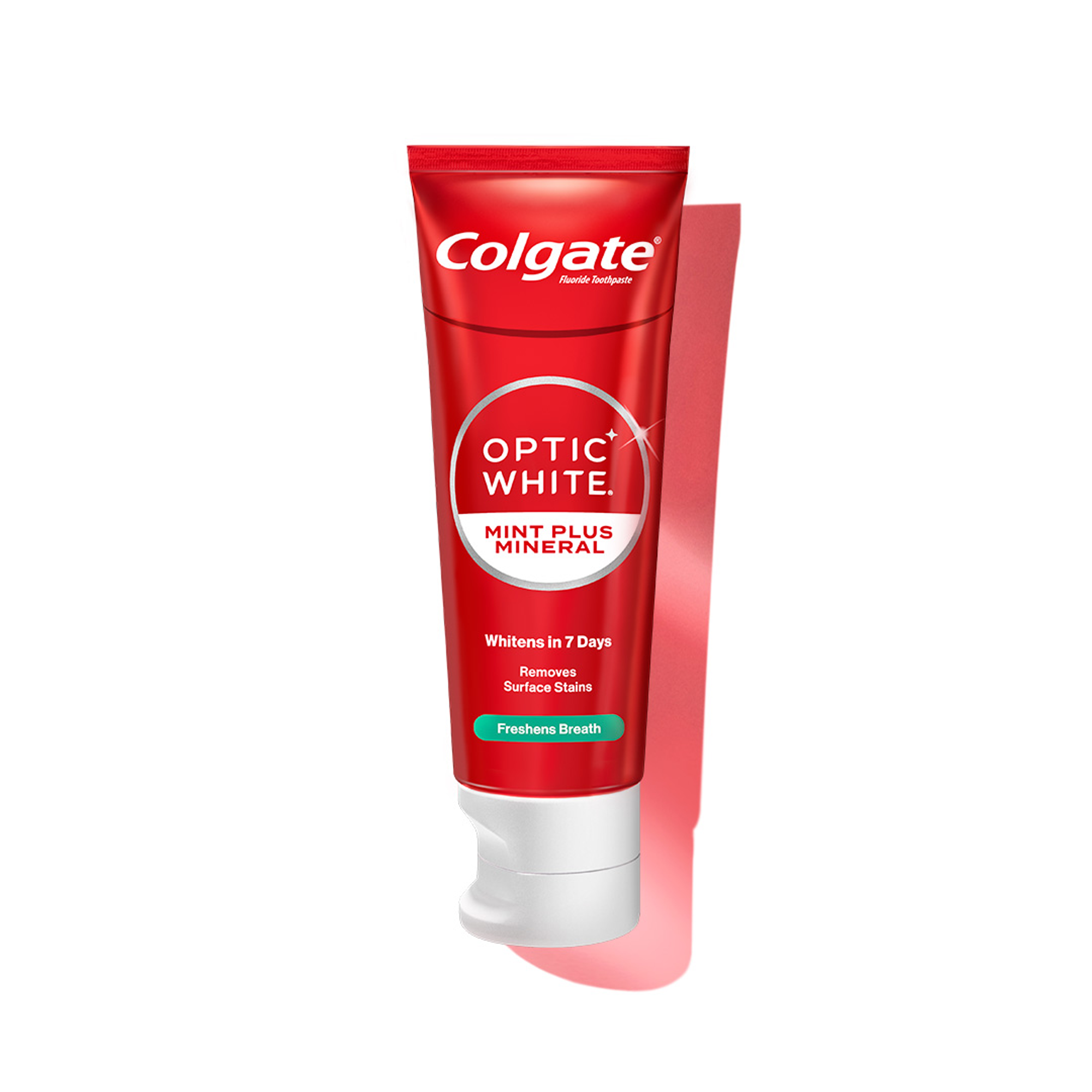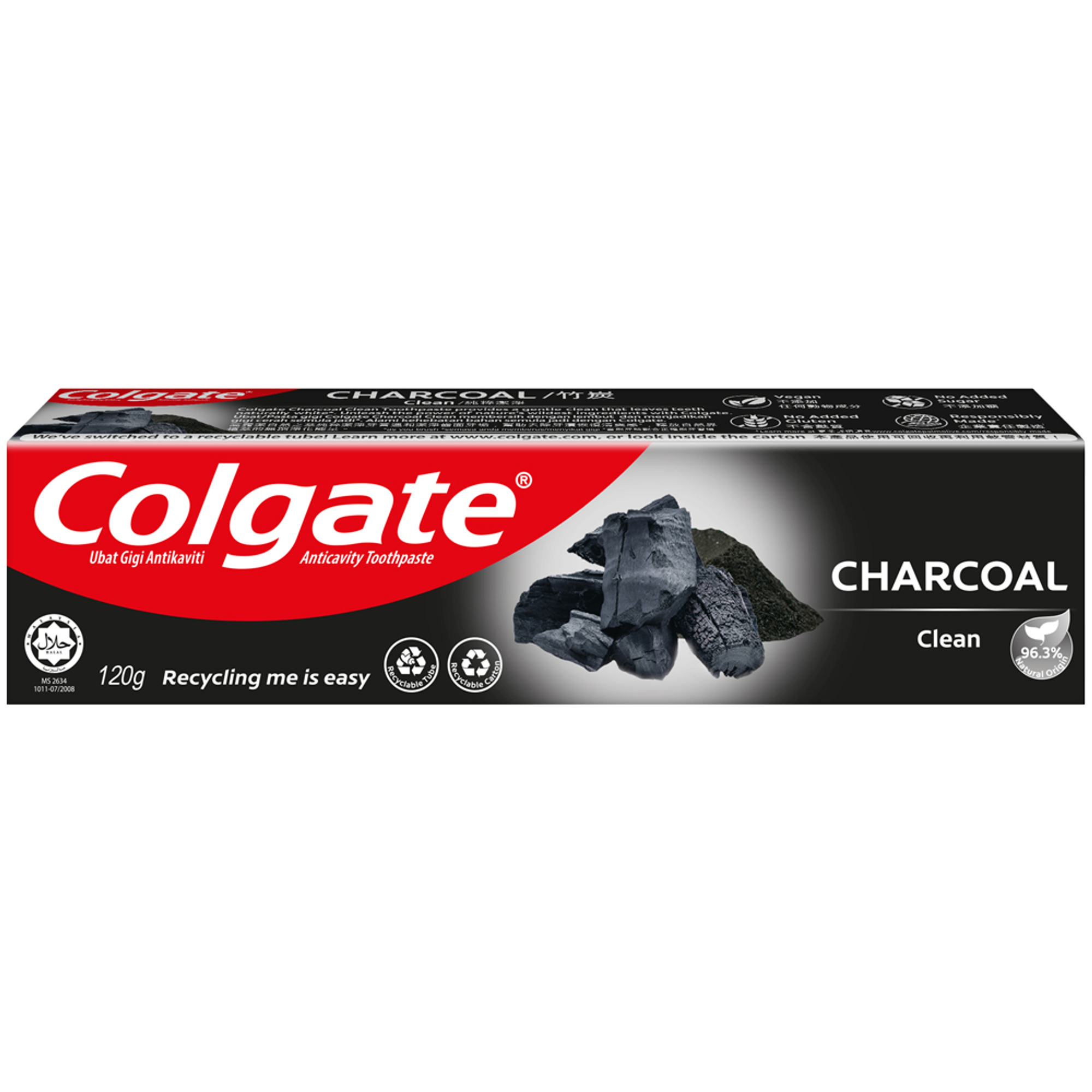- Oral Health and Dental Care | Colgate®
- Oral Health
- How Does Water Flossing Compare to Traditional Flossing?


There's an old-school catchy jingle that says, "You are what you eat from your head down to your feet." Whether your preferred snack is fresh fruits and veggies or you prefer to satisfy your sweet tooth, at some point food will get stuck in your teeth. While your initial reaction is to brush those food particles away, remember that flossing helps too. For those who forego traditional flossing, water flossing might be the answer as well.
Traditional Flossing
Flossing helps remove food particles and plaque from between your pearly whites and under the gumline. Teeth can decay and gum disease can develop when plaque isn't removed. If you're going to invest the time to floss on a daily basis, make sure you're flossing correctly.
Start by tearing off a piece of floss approximately 18 inches in length. Then wrap most of it around each middle finger. Only a couple of inches should be free to floss.
Use your index fingers and thumbs to hold the floss tight. You're now free to slide the floss up and down between each tooth. Be careful not to force the floss, and curve it around the base of each tooth. Work the floss around your fingers so that a clean section cleans each tooth. Use the same up-and-down sliding motion to remove the floss from between two teeth.
Water Flossing
Though water flossing is another way to clean teeth, it differs from traditional flossing. According to the American Dental Association (ADA) , this method incorporates a hand-held device that removes food from between teeth using steady water streams. Water flossing is a substitute for traditional flossing for people who have difficulty holding string floss or who have dental work, such as braces, where maneuvering floss in between teeth can be tricky.
Flossing Benefits
The ADA reported on a study conducted by researchers at the New York College of Dentistry that followed 51 pairs of twins over a two-week stretch. One twin flossed while the other didn't. The results showed a decrease in gingival bleeding in the flossing twin. That, along with plaque reduction, emphasizes the necessity of flossing every day.
Traditional floss containers are small and quite portable, so it's easy to floss even when you're on the go. They fit conveniently in a pants pocket, a purse, or a desk drawer at work. On the other hand, a water flosser device may be to big to take with you and needs to be plugged in, so the inconvenience may deter you from flossing if you're on the go.
Even if you've been water flossing for years, try to steer more toward traditional flossing. It's one part of the mouth healthy routine. The first, naturally, is brushing. Try the Colgate 360° Whole Mouth Clean toothbrush. Its purple-ended tapered bristles gently reach deep between teeth and along the gumline. Then complement brushing with traditional flossing. Lastly, remember to schedule a cleaning every six months. Not only will a professional cleaning keep your teeth in good working order, but your dentist and dental hygienist can identify mouth concerns before they become bigger problems.
Related Products

Helping dental professionals
More professionals across the world trust Colgate. Find resources, products, and information to give your patients a healthier future













